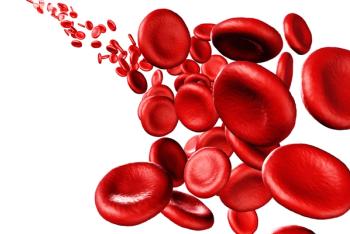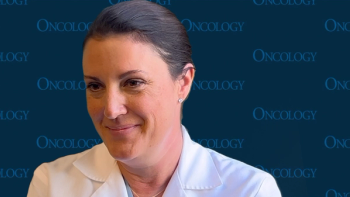
Oncology NEWS International
- Oncology NEWS International Vol 15 No 1
- Volume 15
- Issue 1
Amooranin, a Plant Compound, Shows Potential as Cancer Treatment
Amooranin (AMR), derived from the Amoora rohituka stem bark, shows clinical potential in treating human cancers, Steven Melnick, MD, PhD, said at the Society for Integrative Oncology (SIO) annual meeting (abstract 57). Dr. Melnick, chief, Department of Pathology and Clinical Laboratories, Miami Children's Hospital, said that the Amoora rohituka stem bark is one of the components of a natural preparation used for the treatment of human malignancies in the Ayurvedic system of medicine in India. Derived from stem bark that grows wild in Asia, the preparation contains parts of three medicinal plants: Amoora rohituka stem bark, Glycyrrhiza glabra roots, and Semicarpus anacardium fruits.
SAN DIEGOAmooranin (AMR), derived from the Amoora rohituka stem bark, shows clinical potential in treating human cancers, Steven Melnick, MD, PhD, said at the Society for Integrative Oncology (SIO) annual meeting (abstract 57). Dr. Melnick, chief, Department of Pathology and Clinical Laboratories, Miami Children's Hospital, said that the Amoora rohituka stem bark is one of the components of a natural preparation used for the treatment of human malignancies in the Ayurvedic system of medicine in India. Derived from stem bark that grows wild in Asia, the preparation contains parts of three medicinal plants: Amoora rohituka stem bark, Glycyrrhiza glabra roots, and Semicarpus anacardium fruits.
Cytotoxicity
Amooranin is a triterpenic acid with an oleanolic acid skeleton; it is cytotoxic to an array of tumor cell lines from different organs, with cytotoxicity values ranging from 2.5 to 6.9 ?g/mL. "We identified cytotoxicity in a variety of cancer cell lines, evidence of G2/M cell arrest, reversal of drug resistance, apoptosis, and inhibition of COX-2 mRNA expression," Dr. Melnick said. At lower concentrations, he said, amooranin reversed multidrug resistance by blocking P-glycoprotein-mediated doxorubicin efflux, and could be used in combination since it potentiates other cancer drugs. He noted that amooranin and doxorubicin in relatively low concentrations created a synergy that reduced resistance in human tumor xenografts in nude mice.
The amooranin treatment showed significant reduction in tumor growth rate, compared to saline and doxorubicin control treatments, with the lowest dose of 2 mg/kg producing higher inhibition rates than larger doses. "We found that more is not necessarily better," Dr. Melnick said. "Looking at survival, both amooranin and doxorubicin at 2 mg/kg were equally efficacious."
Upregulates Certain Genes
Microarray analyses and gene-expressive protocols performed on the tumors showed that 147 genes were upregulated at least threefold and 57 genes were down-regulated at least threefold at all doses of amooranin. "Amooranin specifically upregulated several genes involved in drug transport, cell signaling, cytochrome C release, apoptosis, G2/M cell arrest, and inflammatory response," he said. "And we found that it downregulates genes involved in angiogenesis and inflammatory response." The results show that amooranin has good clinical potential for treating human malignancies, Dr. Melnick concluded. These, he said, will be explored in early clinical trials.
Articles in this issue
almost 20 years ago
FDA Approves Nexavar for Use in Advanced Kidney Canceralmost 20 years ago
Avastin Benefits Metastatic Breast Canceralmost 20 years ago
Amgen to Acquire Abgenixalmost 20 years ago
Better Prognosis for ‘Elsewhere' Local Breast Ca Recurrencesalmost 20 years ago
Herceptin/Taxotere Ups DFS in Early HER2+ Breast Caalmost 20 years ago
NIH 2006 Budget Is Likely to Be Lower Than in 2005almost 20 years ago
FDA Launches 7 Initiatives With European Drug Regulatorsalmost 20 years ago
Lessons From Ongoing Clinical Experience With MammoSite Breast BrachytherapyNewsletter
Stay up to date on recent advances in the multidisciplinary approach to cancer.























































































